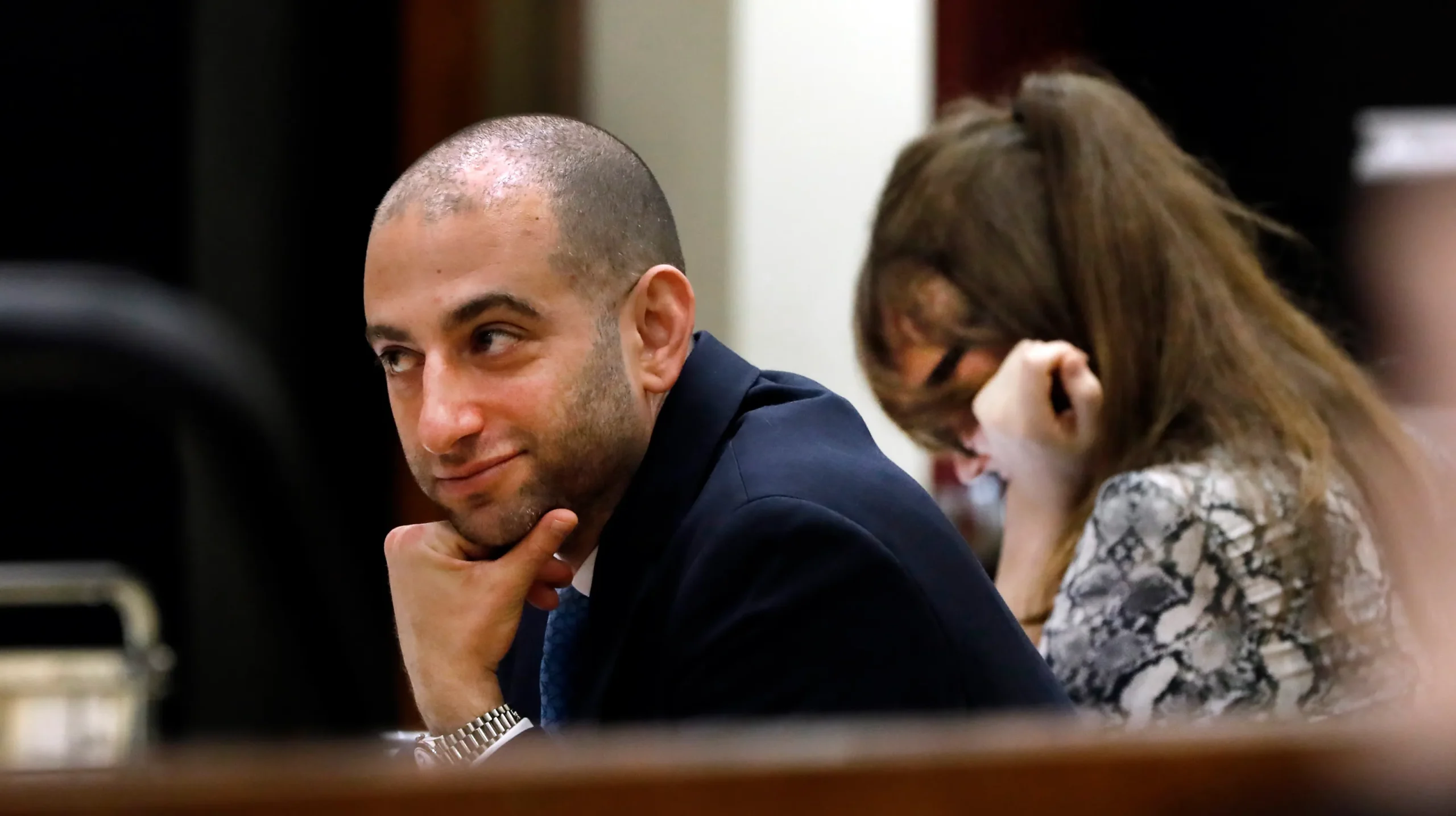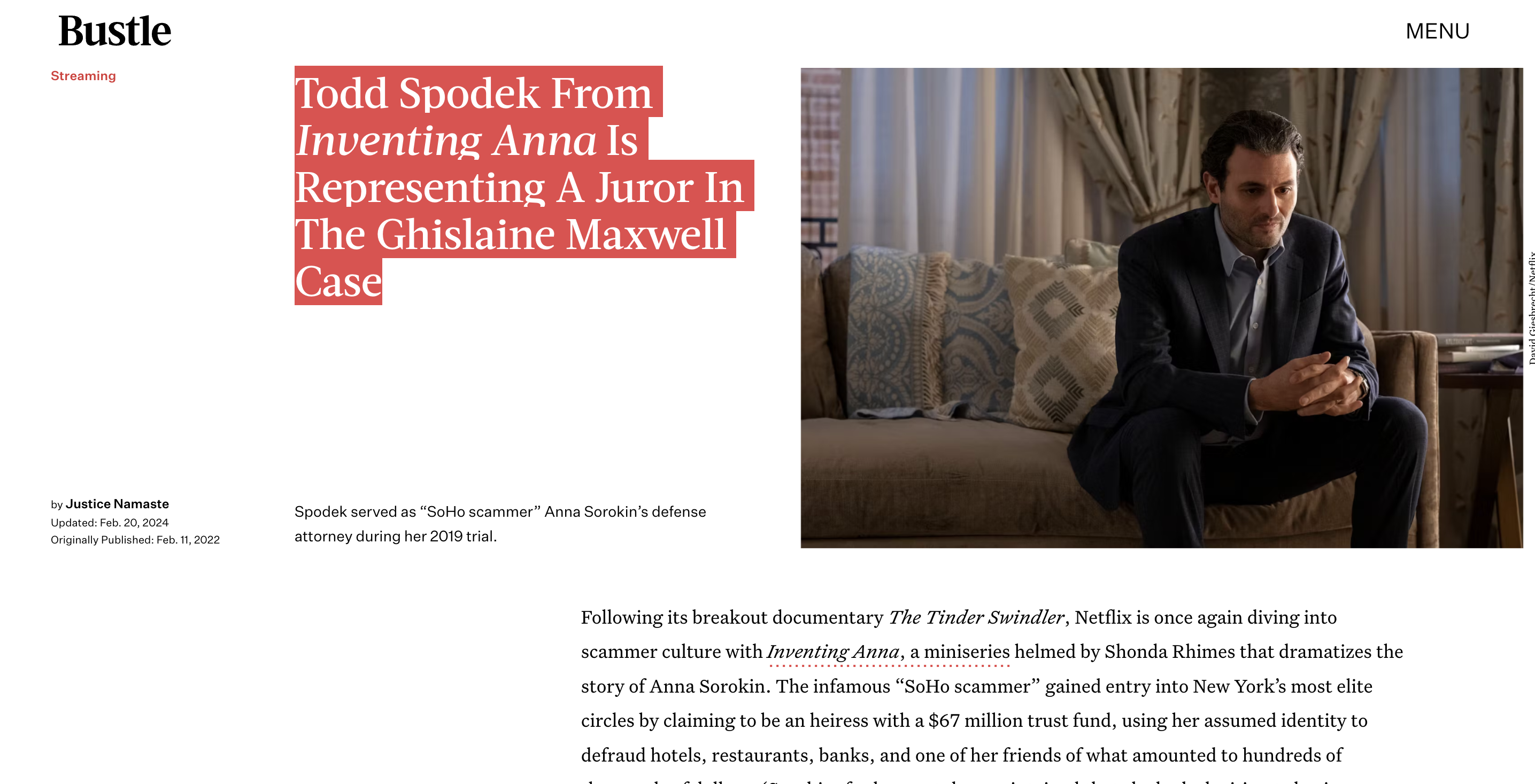Blog
Criteria for Having Charges Raised or Lowered in NYC
Criteria for Having Charges Raised or Lowered in NYC
Figuring out whether charges can be raised or lowered in a criminal case in New York City can be confusing. There are a lot of factors judges and prosecutors consider when making these decisions. This article will break down the key things to know.
How Bail and Bond Works
After someone is arrested, the judge sets bail during the arraignment. Bail is money defendants or their family pays to the court in order to be released while their case is pending.

The purpose of bail is to ensure the defendant returns to court when required. The judge considers factors like the charges, criminal history, ties to the community, and flight risk when setting bail.
In 2019, New York state passed sweeping bail reform laws. Now, judges cannot set bail for most misdemeanors and nonviolent felonies. The exceptions are sex offenses and witness intimidation.
If someone can’t afford bail, they may use a bail bond agent. The agent posts bail on the defendant’s behalf, for a 10% fee. When the case concludes, the agent gets the bail money back from the court. But the defendant doesn’t get that 10% fee back.
How Charges Get Raised or Lowered
During the arraignment, the judge also reviews the initial charges filed by police or prosecutors. Charges can be raised or lowered at different points as the case proceeds:
- At arraignment: The judge may decide to lower or dismiss charges if they lack evidence.
- Grand jury: If felony charges are filed, they must be presented to a grand jury within 6 days. The grand jury may add or reduce charges based on the evidence.
- Plea bargain: The prosecutor and defense attorney may negotiate dropping or reducing charges in exchange for a guilty plea.
- Trial: If a trial happens, the jury decides which charges to convict on based on evidence presented.
When Charges Get Raised
Prosecutors sometimes increase charges later on if new evidence arises showing more serious crimes occurred. Some reasons charges may be raised:
- Additional victims or incidents are uncovered
- Injuries to victims turn out to be more severe
- Large amounts of drugs, guns, money are found indicating illegal distribution or trafficking
When Charges Get Lowered
There are also many reasons charges can get reduced or dropped entirely:
- Lack of strong evidence
- Unreliable witnesses
- Improper police procedures during arrest
- Mistaken identity
- Defendant has mental illness or was coerced
Prosecutors also often reduce felony charges to misdemeanors to secure a guilty plea. They may do this if the evidence isn’t rock solid, or they want to spare victims from testifying.
How New York’s Raise the Age Law Impacts Charges
New York recently changed how cases for defendants under 18 years old get handled. The Raise the Age law went into effect in 2018.
Now, 16-17 year olds get their cases heard in a special criminal court part called the “Youth Part.” They also go to a detention facility for juveniles rather than Rikers Island.
Also, most misdemeanor charges get sent to Family Court rather than criminal court. Family Court focuses more on rehabilitation than punishment.
When Higher Bail Gets Set
In some cases, a judge may decide to raise the bail amount if:
- The defendant gets arrested again while out on bail
- They miss a court appearance
- They contact victims or witnesses against court orders
Violating any conditions of release gives the judge grounds for revoking bail entirely and detaining the defendant until trial.
Appealing Bail and Charges
If bail gets set higher than a defendant can pay, their attorney can request a bail appeal. They argue why bail should be reduced given the client’s circumstances.
The attorney may also file motions asking the judge to dismiss charges due to lack of evidence or other defects in the prosecution’s case.
The Impact of COVID-19 on Jails and Bail
The COVID-19 pandemic caused major changes to detention policies in New York City and nationwide. Jails and prisons faced massive outbreaks early in the pandemic.
As a result, New York City drastically reduced its jail population by releasing defendants held on nonviolent charges. The city also shifted away from cash bail to reduce overcrowding risks.
But some argue the lower bail amounts and release rates contributed to rising crime rates in 2020 and 2021. Others dispute that claim, saying crime rates rose globally due to the pandemic’s social and economic impacts.
The debate over public safety and equitable bail policies continues today. New York will likely continue tweaking its bail laws and procedures for years to come.









